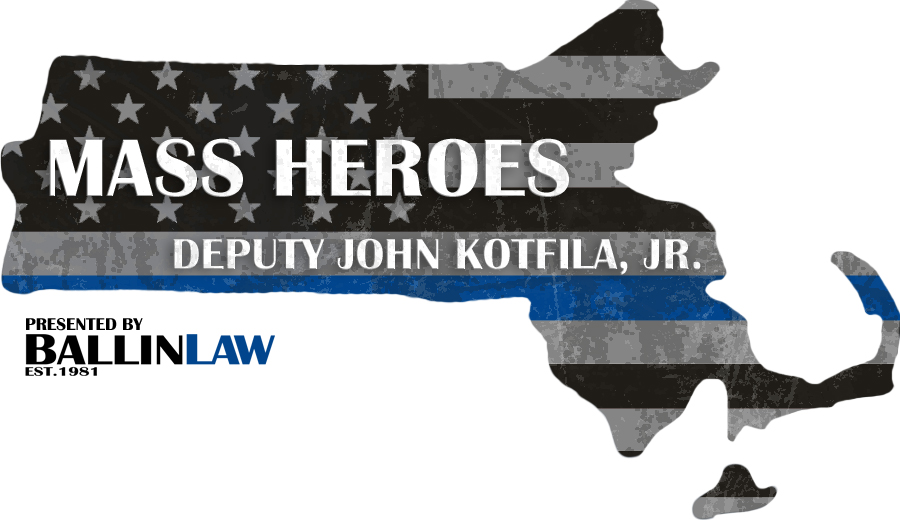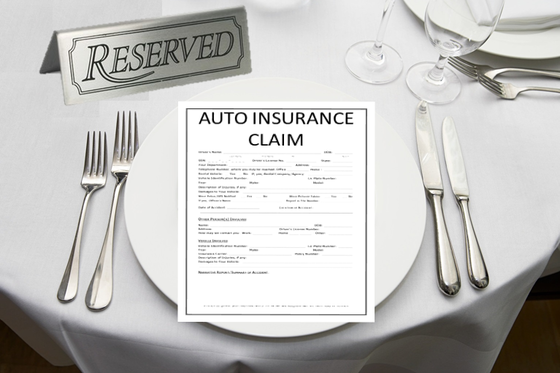 Judge agrees: the bar can be on the hook.
Judge agrees: the bar can be on the hook. On a Saturday night one recent summer, a nineteen-year-old girl walked into a Salem bar owned by JMRS Restaurant, where the underage girl was a regular. She ordered three Long Island iced teas, shots of tequila, and two sangrias. Under cross examination the bar’s manager admitted this was the equivalent of serving her three-quarters of a liquor bottle. We also discovered the bar admitted at least nine other underage kids that night. As closing time approached, the intoxicated girl repeatedly pushed and argued with another underage kid over the course of five minutes before smacking him, smashing a glass on the floor, and storming out of the bar. On her way out, she pushed a second underage kid. Once outside, she fought with two more underage customers from the bar, which finally called the police to stop the disturbance.
Salem officers arrived while the bar ejected its customers onto the street who formed an eager crowd. As police gained control of the intoxicated girl, the crowd cajoled her to resist. While cuffed and seated in the cruiser she lunged and bit into the officer’s ear, growled, and shook her head. The officer pried the girl off, but a piece of the officer’s ear was lost.
We filed suit on behalf of the injured officer against the girl and the bar which got her intoxicated. The bar tried to get the case thrown out of court on a motion for summary judgment. The bar argued there was no need for a trial. The bar urged the Court to conclude as a matter of law it is only responsible for harm caused by an overserved customer to the general public, arguing responding officers are excluded from that group. Further, the bar stated that since it is supposed to call the police to respond to such an event, it should not be held liable for injury to an officer during that response. We argued when the bar chose to overserve a patron to the point a disturbance was created, then it was responsible to anyone, including police, who respond to stop the disturbance and save others from getting hurt. The Court agreed that Massachusetts statutes and case law confirm a person or business who create a dangerous situation can be liable for injuries to responding police officers who are there to rescue people from a dangerous situation which the person or business created. The judge ruled in our favor upholding the officer’s right to make a claim against the bar for her injuries.
Massachusetts statutes and case law interpreting them make clear that Massachusetts officers do not lose rights to pursue compensation for their injuries by putting on a badge. Officers and emergency responders are empowered to make claims against responsible third parties by our legislature when they are injured on the job. This law applies equally in Massachusetts to professional rescuers like police officers and firefighters who are hurt helping end dangerous situations people and businesses create.
When a bar chooses to break the law over-serving a teenager who then injures a responding cop instead of a customer, there is no free pass just because the bar calls the police to stop the disturbance. As for the bar’s claim that the injury to the police officer by the biting teenager was not foreseeable, the Court agreed with us. The Court stated “…that the risk of an intoxicated patron injuring another, or a rescuer, in a fight, is foreseeable as drunken brawls are anything but uncommon”. Winning this legal battle was one major component that lead to a significant settlement for the injured officer who is grateful to have this case successfully resolved.
- Zachary M. Ballin, Esq.









 RSS Feed
RSS Feed
